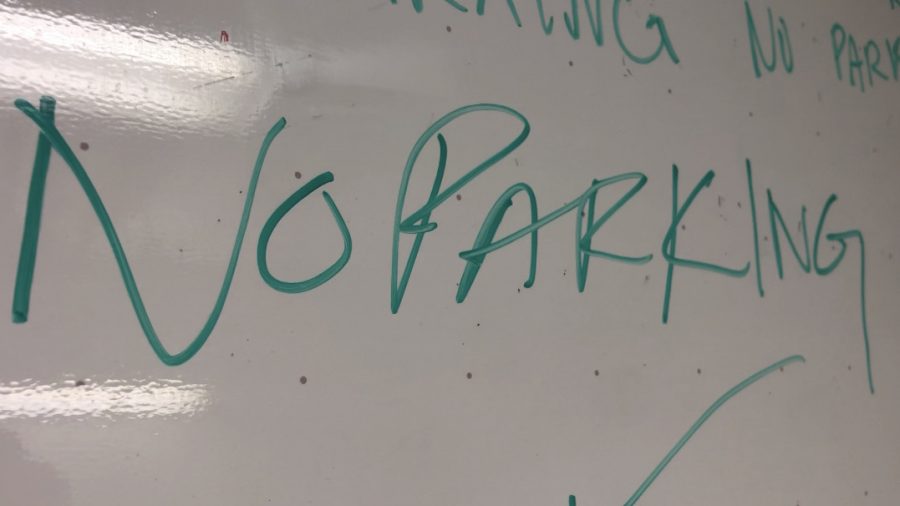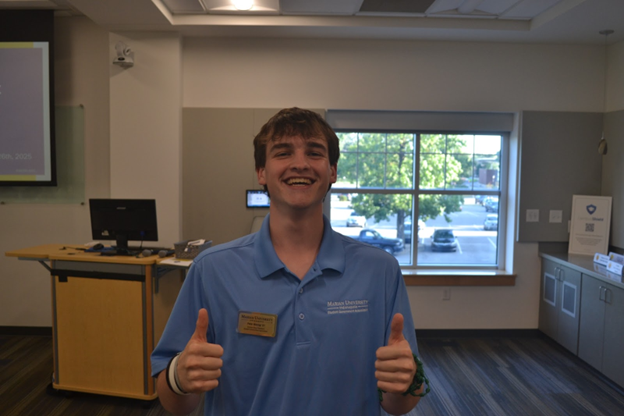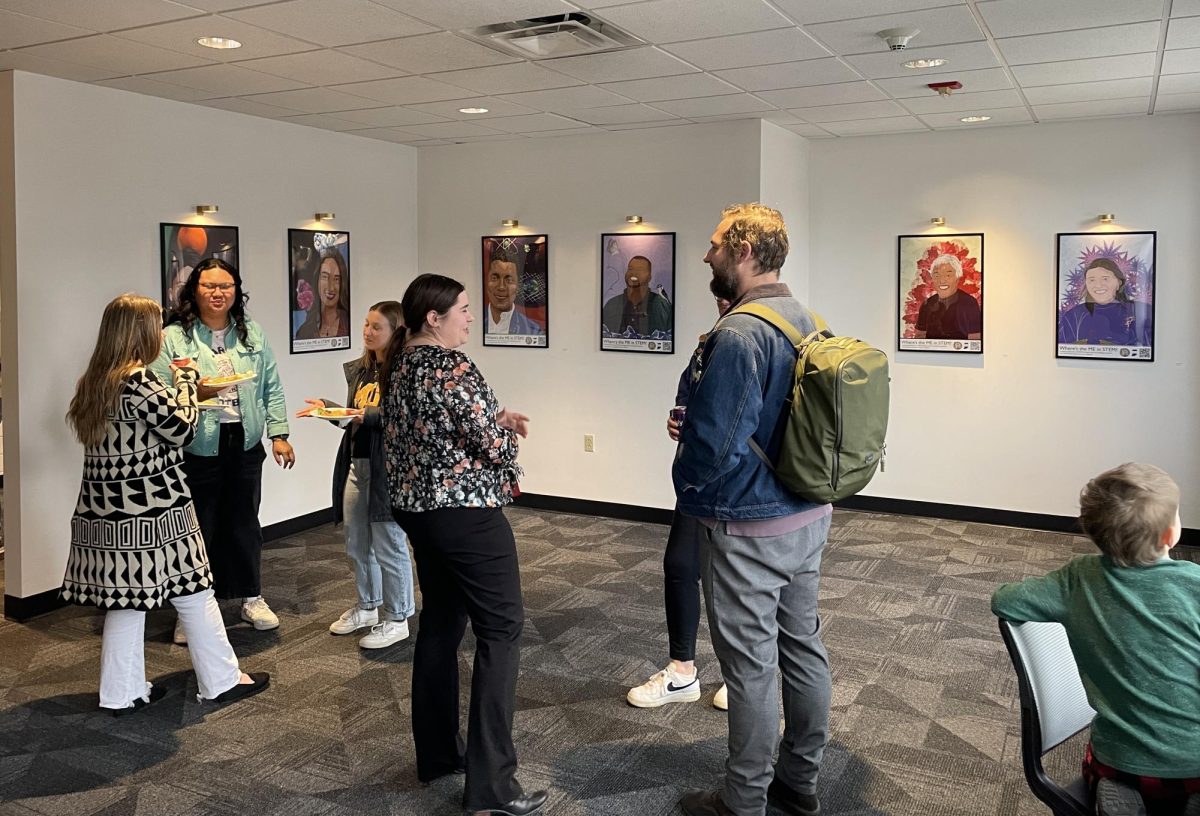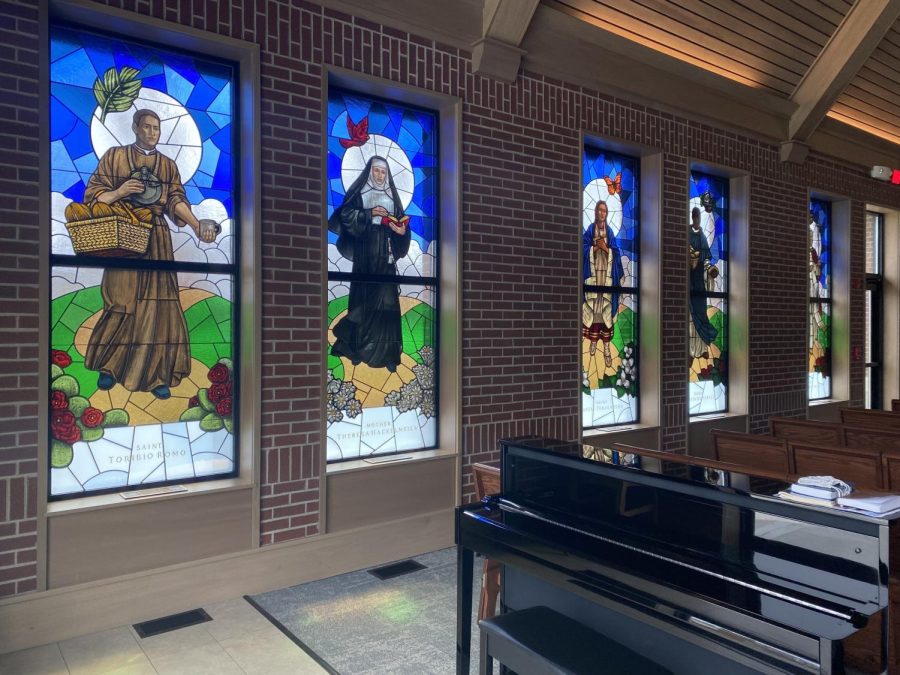St. Joseph’s New Stained Glass Windows
April 1, 2022
After a roughly six-month wait, on February 10th, Marian University welcomed the new stained glass windows to the St. Joseph Chapel located at the new Caito-Wagner freshman hall. These windows will not be the last addition to the new chapel.
Stained glass has been a staple in churches since the fourth century according to Cumberland Stained Glass, Inc (CSG). In the 12th century, the gothic style of architecture emerged as new churches were being built. These new styles had plenty of space for the satin glass art form to be popularized. The windows are praised for the way the light influenced the color and luster of the church. According to CSG, stained glass windows were also used to retell biblical stories through imagery or saintly depictions for people to use as a centering point in prayer.
The four saints and one mother were chosen to be in the new stained glass windows are themselves, according to Adam Setmeyer, vice president of mission and ministry, symbols to young people in the church to say “yes” to God’s call. These holy people are all representative of the diverse community on campus. It is the hope that the windows are to be looked upon by the students, faculty and staff and prayed to for their intercession (asking them to pray to God on your behave). Each individual depicted has something to bring to the devotional life of the Marian college student.

The handcrafted pieces of art face the south side of the chapel and each vertical window is uniquely assembled with care. Saint Toribio Romo is the first in the line on the far left of the wall. According to Setmeyer, he is the patron saint of immigrants and has been reported to appear to traveling immigrants to give them encouragement and water. That is why he is seen in the window holding food and a water jug.

Mother Theresa Hackelmeier’s window is next in line. She immigrated from Austria to America when she was 24. She is the founder of the Sisters of Saint Francis at Oldenburg Indiana. This organization started the school that would one day be known as Marian University. While called Sisters of Saint Francis, the school was made to educate German immigrant children. This stained glass window is the first rendering of her in this particular medium according to Setmeyer.

There is some space in the brick wall of the chapel before the third of the five windows. Saint Kateri Tekakwitha was a Native American Mohawk woman, her tribe’s symbols can be seen painted on her shaul. According to Setmeyer, she is the patron saint of the environment. This is in direct correlation to St. Francis’ devotion to the environment. St. Kateri is also an example to those who go through terrible hardship to remember that God is with you.
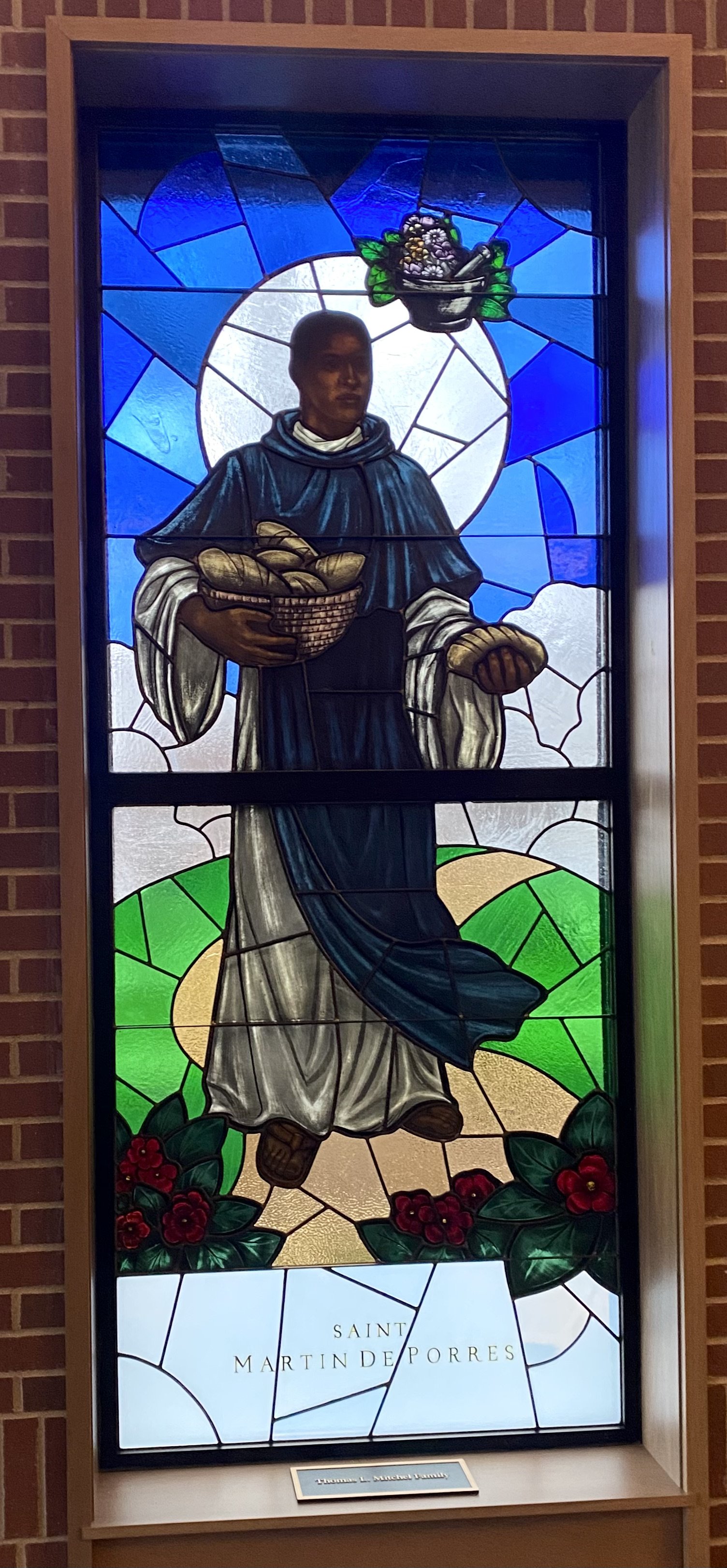
Saint Martin De Porres stands next to St. Kateri. Setmeyer said he is the patron saint of African Americans and was one himself. He is also patron of social justice. He suffered many hardships as no one believed he could do great things, but he stayed in the truth of God and was canonized a saint in 1945. He is the first black male to be canonized according to BlackPast.org.

The last window is of Saint Pope John Paul II, who is closest to the altar. Setmeyer said he was a great proponent for the young people of the church. He is their patron saint and is the creator of World Youth Day. He worked to serve the youth before becoming pope as a college professor of Moral Theology and Social Ethics, according to History.com. The stained glass window has been expertly crafted to represent each unique saint and showcase their diverse heritage and purpose.
The artist who originally worked with Setmeyer and drafted the window’s designs is Corbert Gauthier, a trained painter. His work will be seen again in the chapel as he is producing two paintings of Mother Mary, St. Joseph and Jesus Christ. Art can help elevate the viewer and provide a more spiritual experience. Setmeyer hopes that the stained glass windows will provide a chance for each diverse student no matter their religious affiliation to see themselves within God’s call. Each person depicted in the stained glass responded to God’s call and the viewers of the glass are encouraged to do the same.













